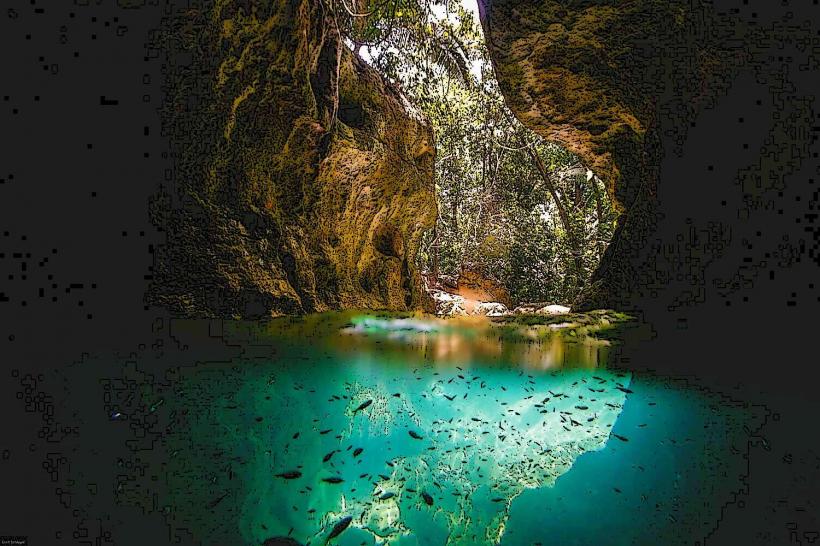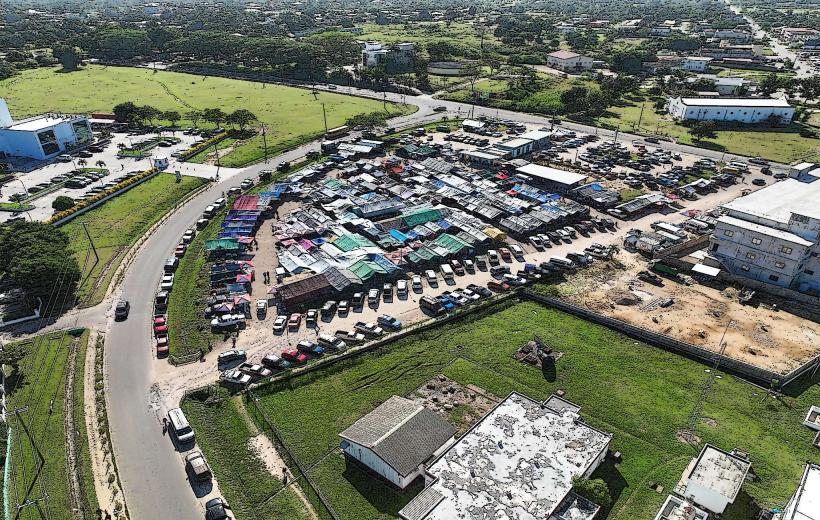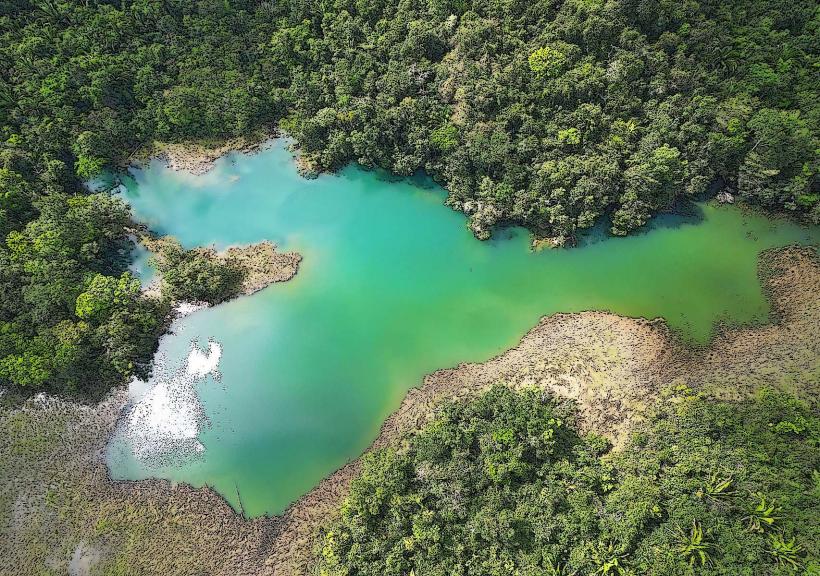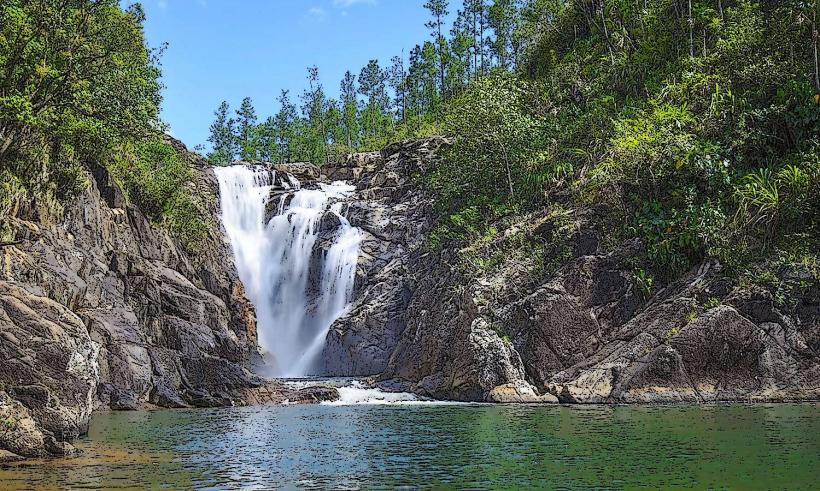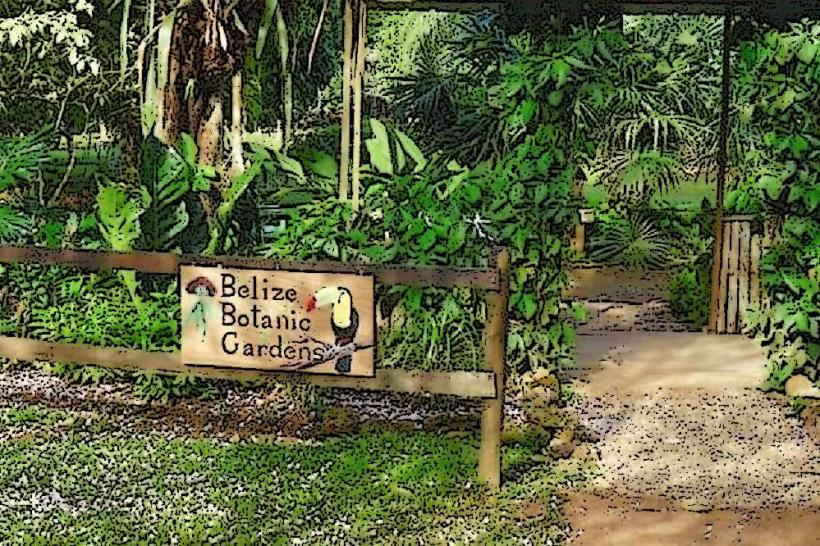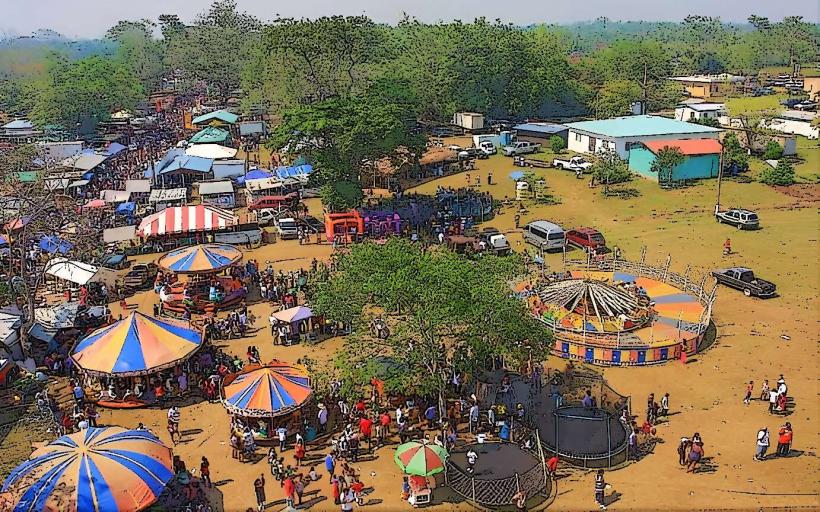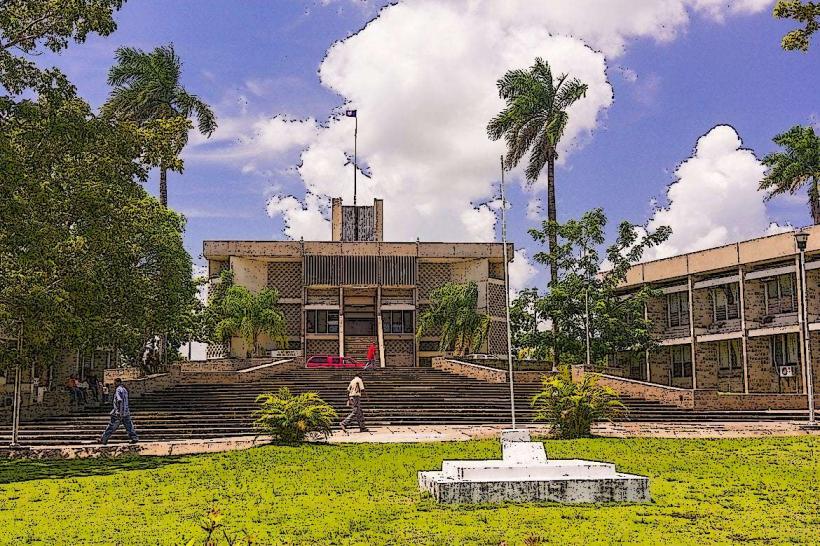Information
Landmark: National Institute of Culture and History (NICH)City: Belmopan
Country: Belize
Continent: North America
National Institute of Culture and History (NICH), Belmopan, Belize, North America
Overview
Institute of Archaeology, Belize: Detailed Overview - The Institute of Archaeology (IA), or Belize Institute of Archaeology, leads the way in preserving, managing, and sharing the nation’s rich archaeological heritage, from ancient Maya temples to weathered stone carvings, not only that working under the National Institute of Culture and History, the IA digs into research, safeguards crumbling temple walls, and shares the stories of Belize’s ancient Maya and other historic treasures.The Institute of Archaeology carries out a wide range of work, from digging into Belize’s ancient past at sites like Caracol or Xunantunich, where the stone steps still hold the day’s heat, to preserving fragile artifacts for future generations, besides it manages archaeological parks, keeps them protected and accessible, and runs programs that bring history to life in classrooms and on guided tours.The team also works to balance tourism with protection, making sure visitors can explore these remarkable places without harming them, while the IA plays a vital role in bringing Belize’s rich cultural heritage to life, making it a pillar of the tourism industry.Based in Belmopan, the quiet capital with streets lined by flowering trees, the Institute of Archaeology serves as its headquarters, in conjunction with the facility features research labs packed with tools for studying and cataloging artifacts, archives filled with maps, dusty ledgers, and historical records of Belize’s past, visitor services that provide site information, guided tours, and learning materials, and collaborative spaces where local and international experts work side by side.The IA also leads major archaeological projects, from excavating ancient plazas to conserving some of the country’s most crucial sites, also the institute’s standout projects range from excavating Caracol, one of Belize’s largest and most powerful ancient Maya cities, to preserving Xunantunich and its towering El Castillo pyramid; protecting the sacred Actun Tunichil Muknal Cave, where centuries-classical pottery still rests beside skeletal remains; conserving the coastal ruins of Altun Ha, famed for its gleaming Jade Head of Kinich Ahau; and studying Lamanai’s riverside blend of Maya and colonial history.Alongside this work, the Institute of Archaeology invests in education and outreach-partnering with schools to share Belize’s cultural heritage, hosting Archaeology Week with vibrant exhibitions and guided tours, and collaborating with universities worldwide, equally important it also manages the country’s archaeological parks, keeping them open and welcoming to visitors while safeguarding their integrity.These parks offer guided tours that bring the past to life, visitor centers packed with artifacts and stories, and well-marked trails that wind through ancient ruins, also the Institute works to welcome travelers while protecting fragile sites, fighting looters, and guarding centuries-timeworn walls from weather’s gradual decay.The Institute of Archaeology has tightened regulations to safeguard archaeological sites, encouraged eco-tourism that treads lightly on the land, and brought local communities into the heart of site management and conservation; visitors and researchers can get involved by wandering through its sunlit archaeological parks, joining hands-on workshops and guided tours, collaborating on research projects, or volunteering to help preserve Belize’s heritage-work that cements the IA’s role as a vital guardian of the nation’s history and its global significance, as a result the IA blends research, conservation, and tourism so Belize’s ancient history stays alive-woven into daily life like the worn stones of its timeworn temple steps.
Author: Tourist Landmarks
Date: 2025-09-10

